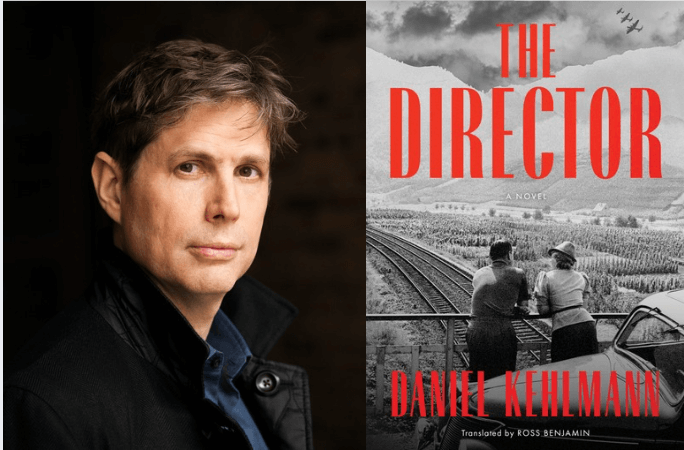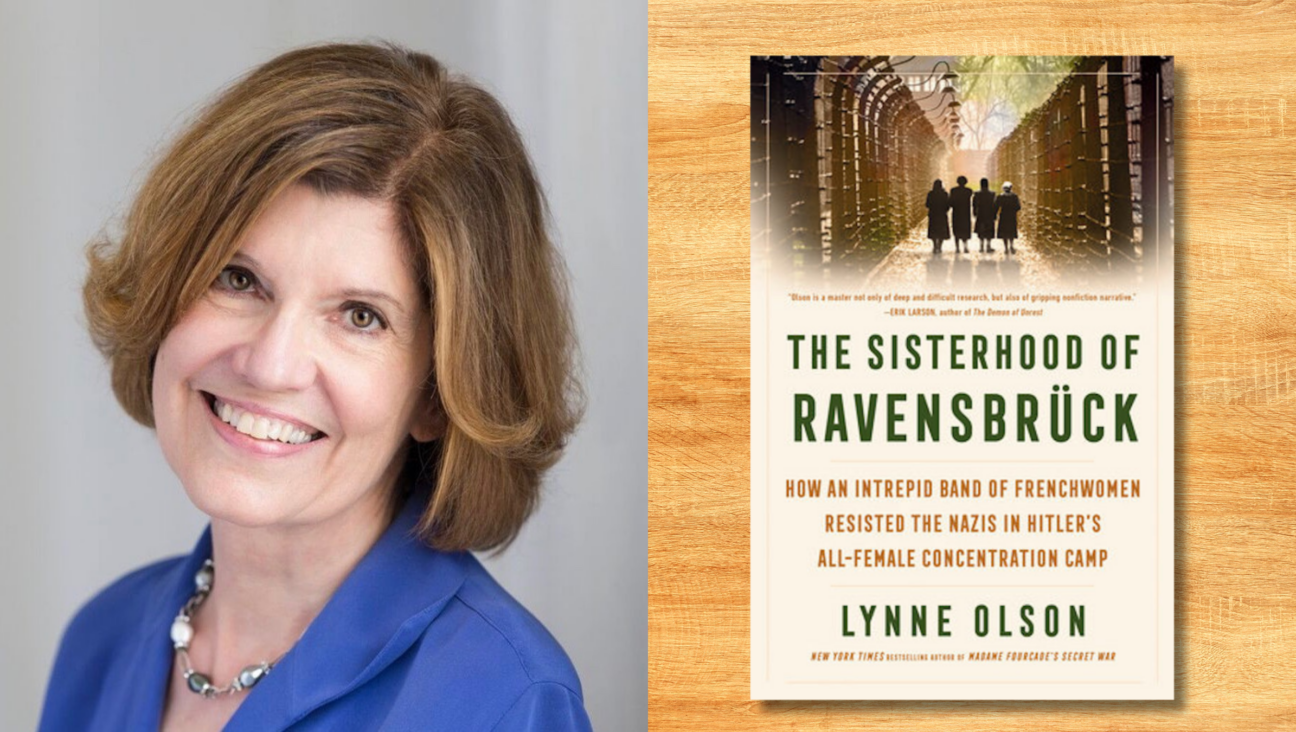The Jewish Connection to Art

Graphic by Angelie Zaslavsky
Allison Amend’s most recent novel, “A Nearly Perfect Copy,” is now available. Allison was a finalist for the 2011 Sami Rohr Prize for Jewish Literature for her novel “Stations West.” Her blog posts are featured on The Arty Semite courtesy of the Jewish Book Council and My Jewish Learning’s Author Blog Series. For more information on the series, please visit:
People ask me how much research I had to do on art forgery for my new book “A Nearly Perfect Copy.” The answer is: a lot. Some of it was even necessary. Some of it was just procrastination.
To that end, I wandered into the Musée d’art et d’histoire du Judaïsme in Paris on one hot day, more in search of a bathroom than in search of wisdom. But, reader I found both (and if you’ve been to Paris, you know how valuable a quality public bathroom is).
The exhibits were what you’d expect (Sephardic artifacts, Vichy government deportation narratives, synagogue records, suitcases — Jewish museums always have a lot of suitcases…), but the true gem here is the library. It’s small but comprehensive, and the librarian was exceedingly helpful when I asked for information
I’m not sure I found anything I couldn’t have found in other English language archives, but this pleasant air conditioned afternoon in a quiet and free study space made me think of two things.
First, there are an extraordinary number of Jewish museums. I am in the middle of a project with two friends in which we visit every museum in the five boroughs of New York City (a project that started out interesting and fun and has deteriorated into a duty as we slog through the last 29 museums. You can find a blog about the project here). There are seven Jewish museums out of the 110 museums in New York (eight if you count the Tenement Museum, 10 if you count museums founded by Jews). No other ethnicity or culture or religion has as many museums devoted to it (and we’re not even counting memorials, which are not technically museums).
There are of course many reasons for the proliferation of Jewish museums: there is the rich history of the Jewish presence in New York; museums can be seen as a response to the Holocaust’s attempt to wipe out Judaism. But there is also the long history of Jewish involvement in the arts.
A subplot in my new novel “A Nearly Perfect Copy” is the attempt to gain reparations for art stolen from Jews during the Holocaust. These attempts continue in real life, and encounter thorny legal issues. How can a family prove ownership when the records were destroyed? How do you award a painting to what is now dozens of inheritors? What if the current owners acquired the painting by legal means? Who determines the value of the paintings, and what government should be responsible for paying reparations? In my book, characters exploit these complicated ethical issues for their own financial benefit.
Though I ultimately chose not to focus on this battle (other books, fiction and non-, have done an excellent job of chronicling the theft — particularly from dealer and collector Paul Rosenberg — and the Nazis’ interest in art), it is worth thinking about the Jewish connection to art.
Read more about Allison Amend here.
The Jewish Book Council is a not-for-profit organization devoted to the reading, writing and publishing of Jewish literature. For more Jewish literary blog posts, reviews of Jewish books and book club resources, and to learn about awards and conferences, please visit www.jewishbookcouncil.org.
MyJewishLearning.com is the leading transdenominational website of Jewish information and education. Visit My Jewish Learning for thousands of articles on Judaism, Jewish holidays, Jewish history and more.























